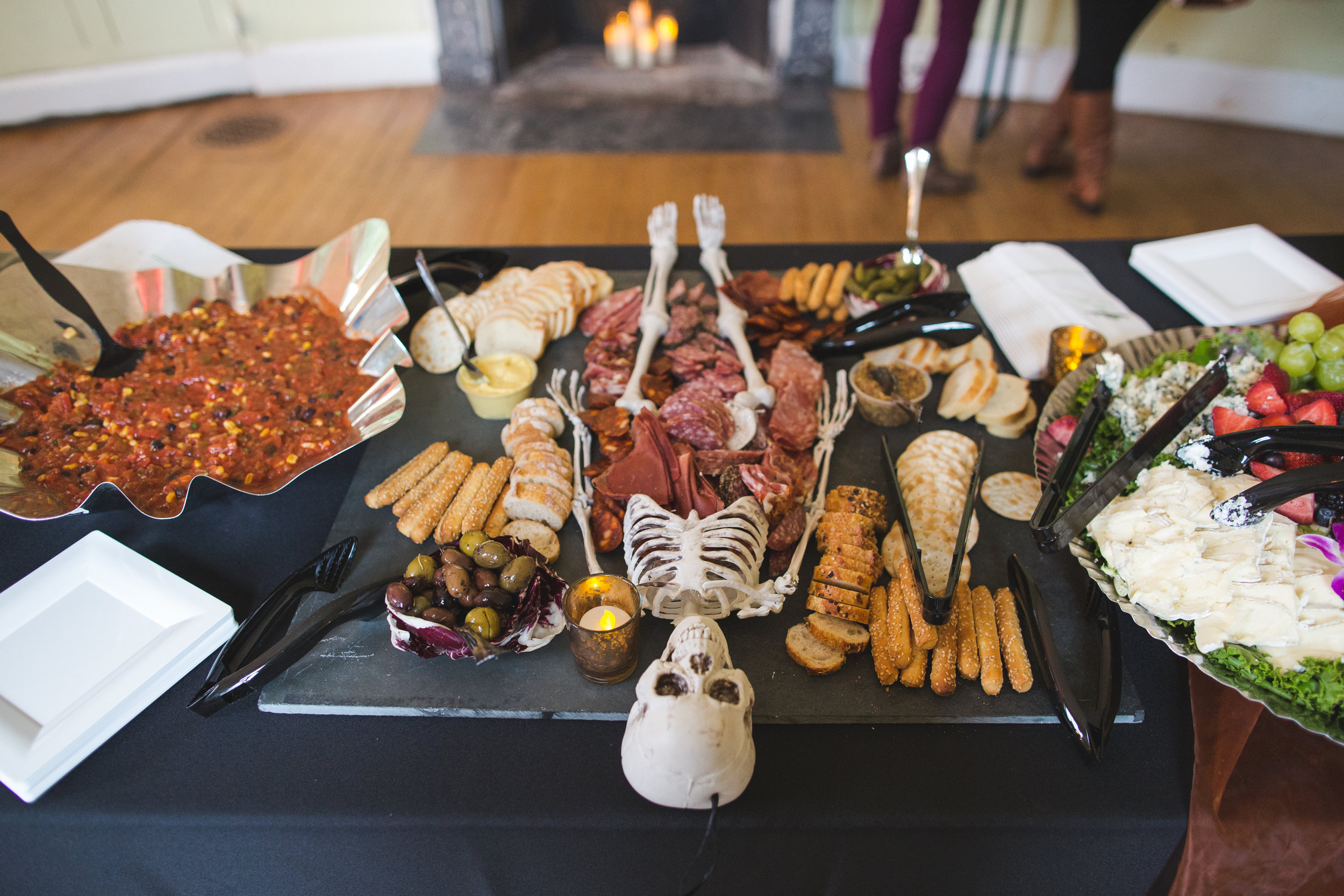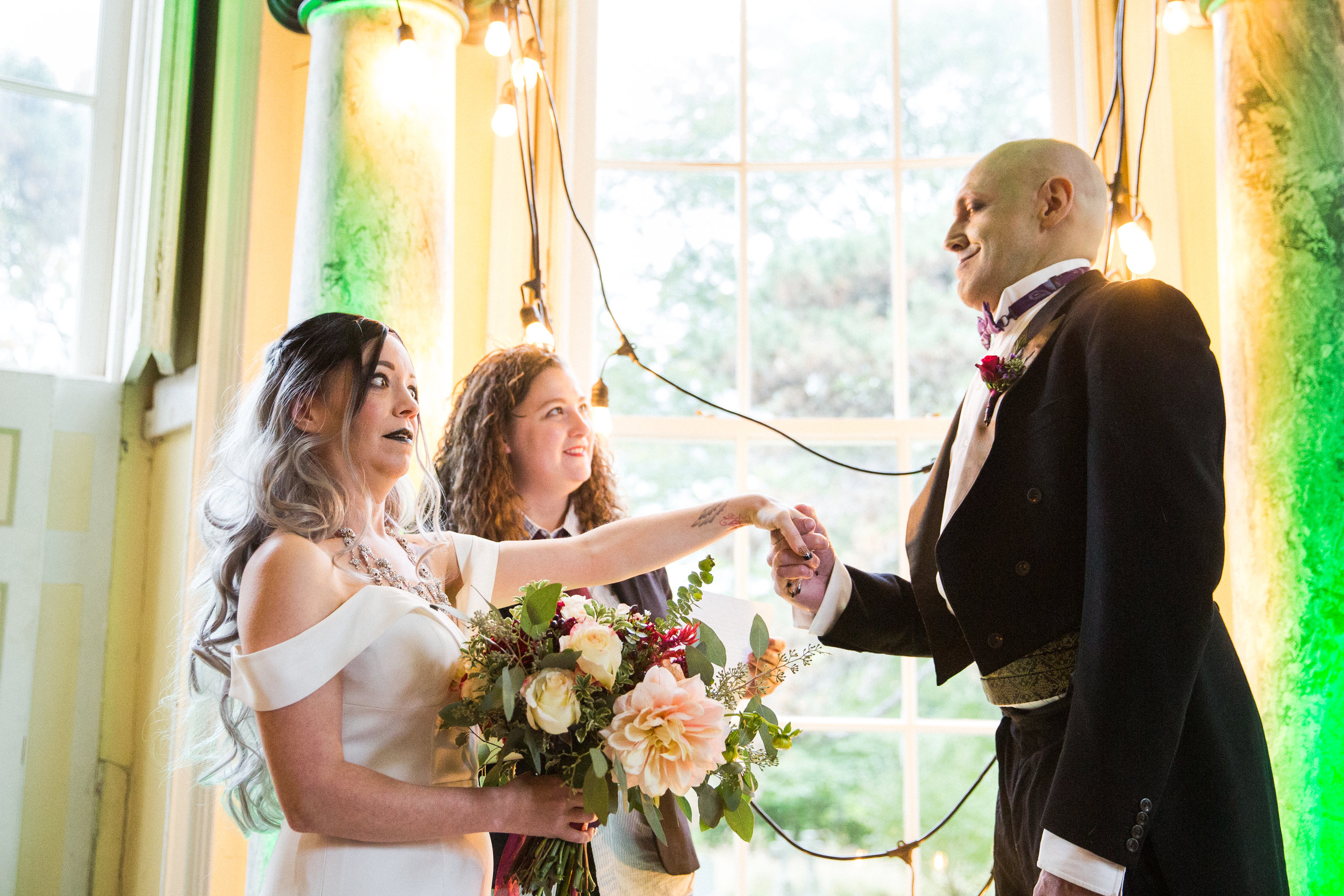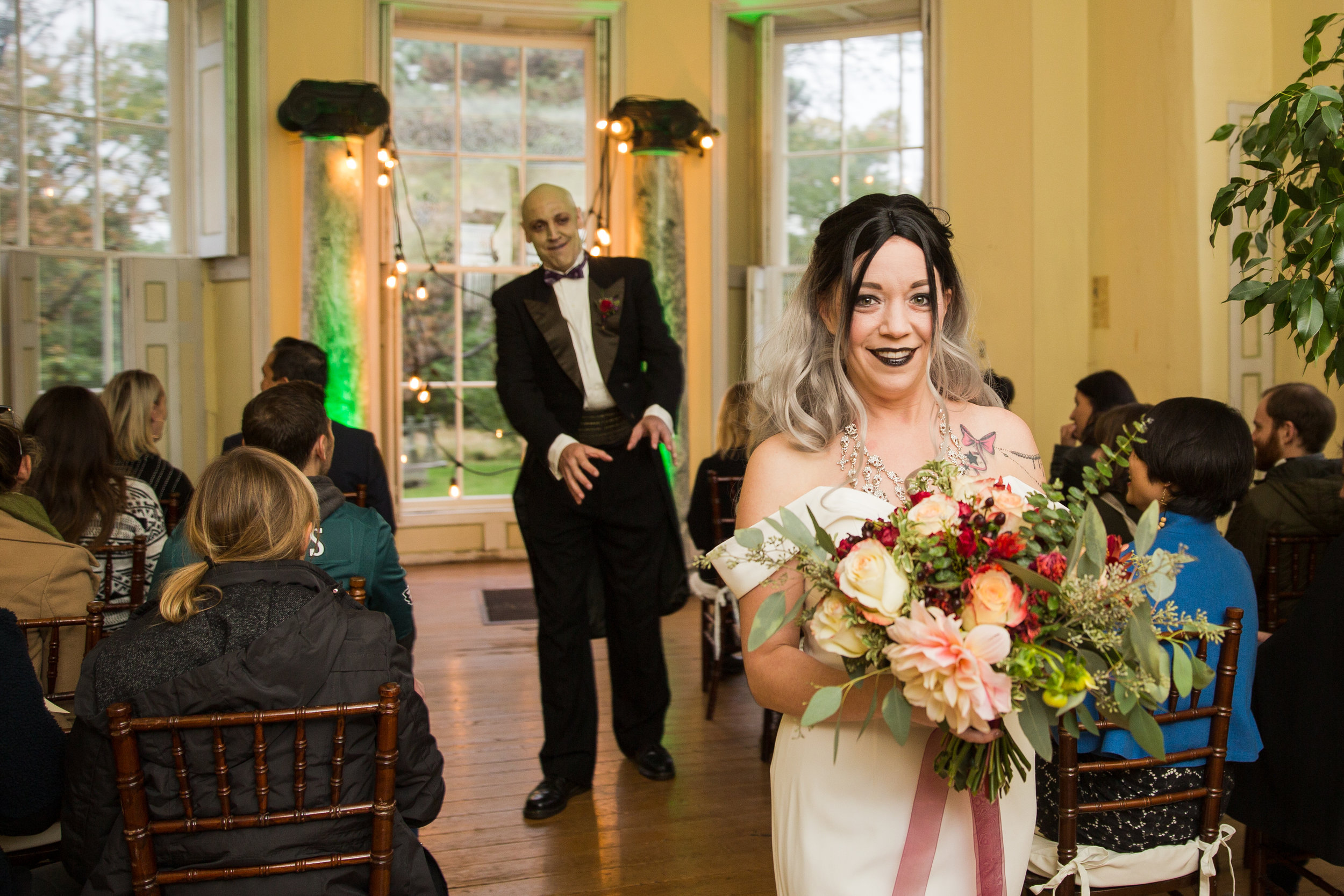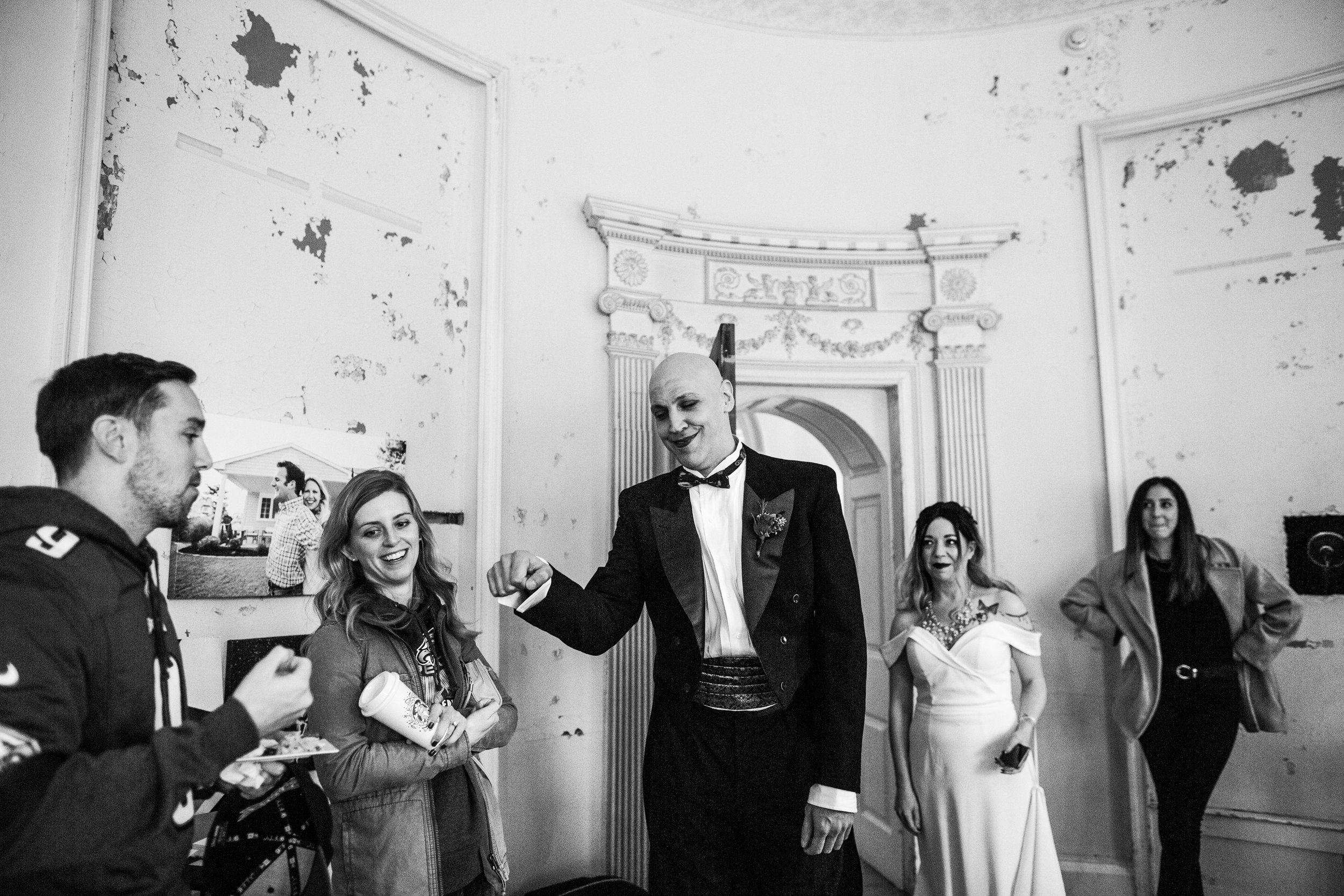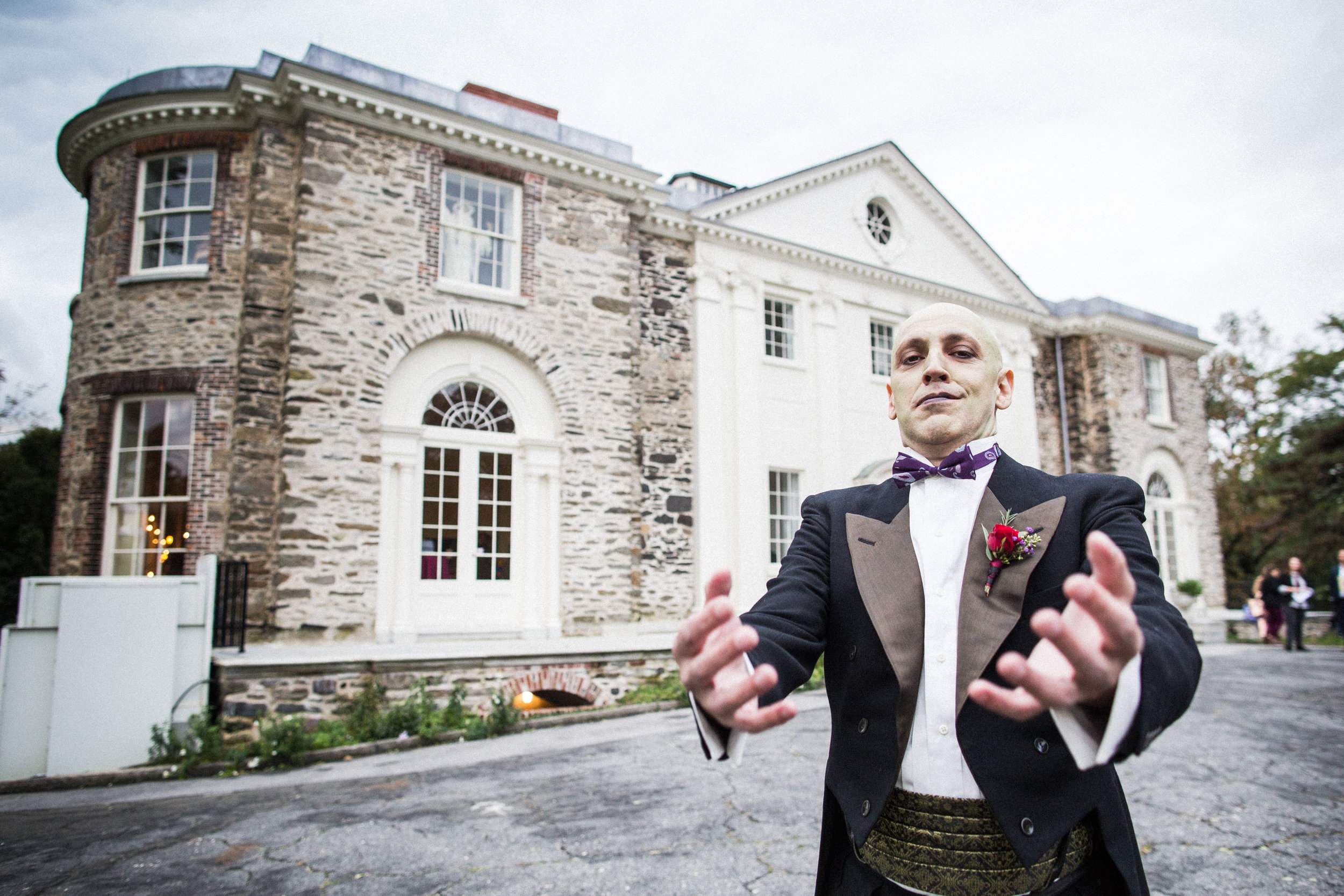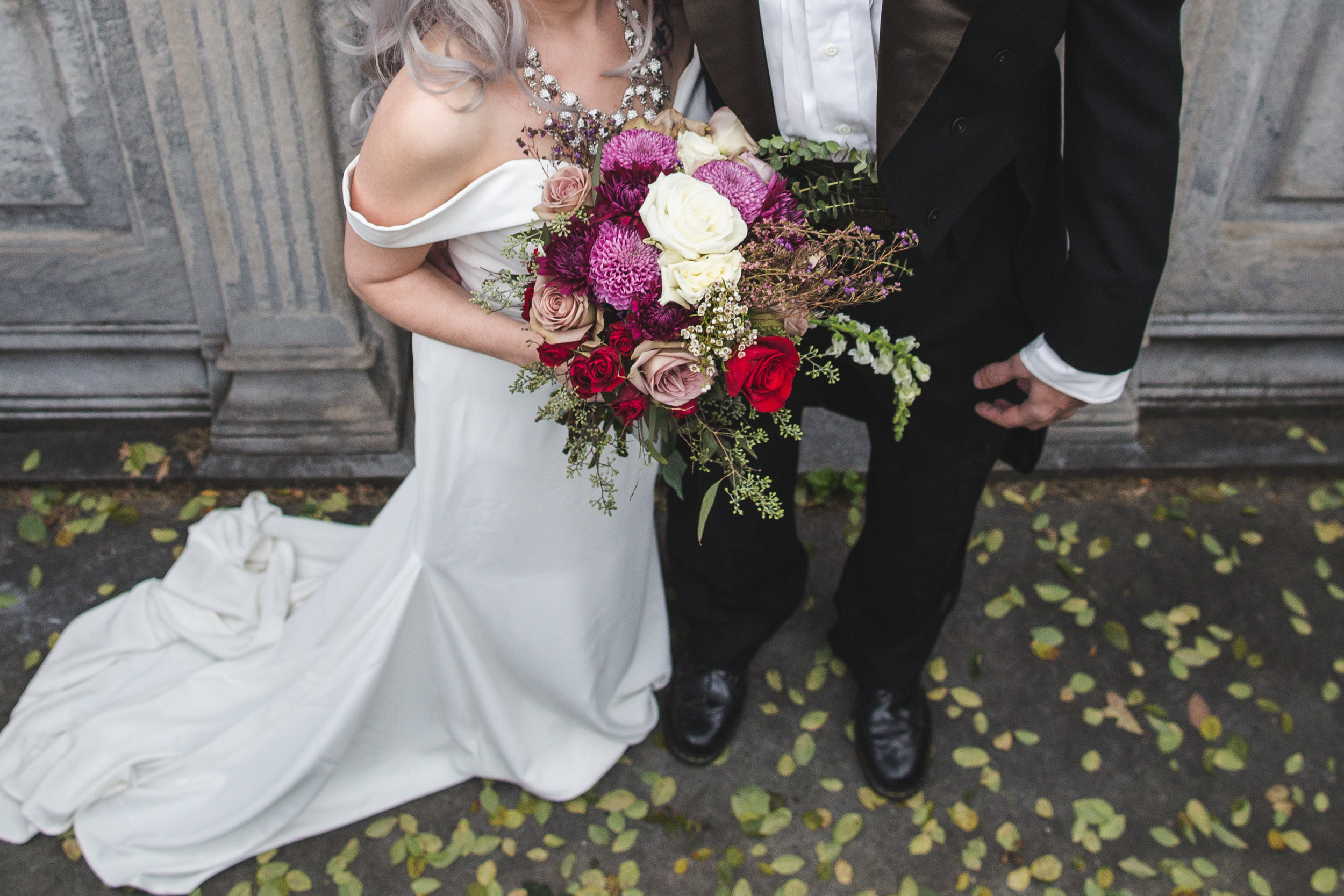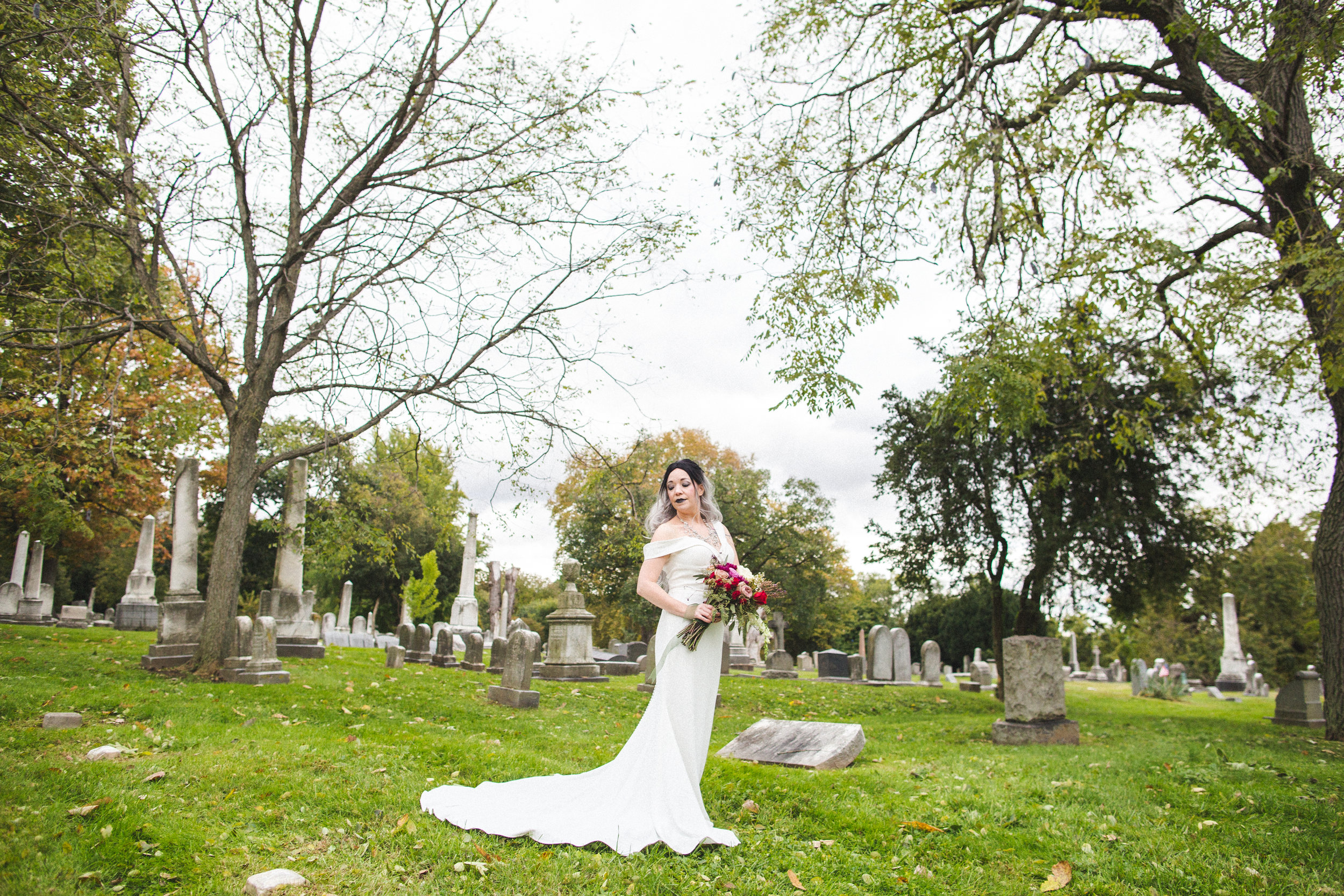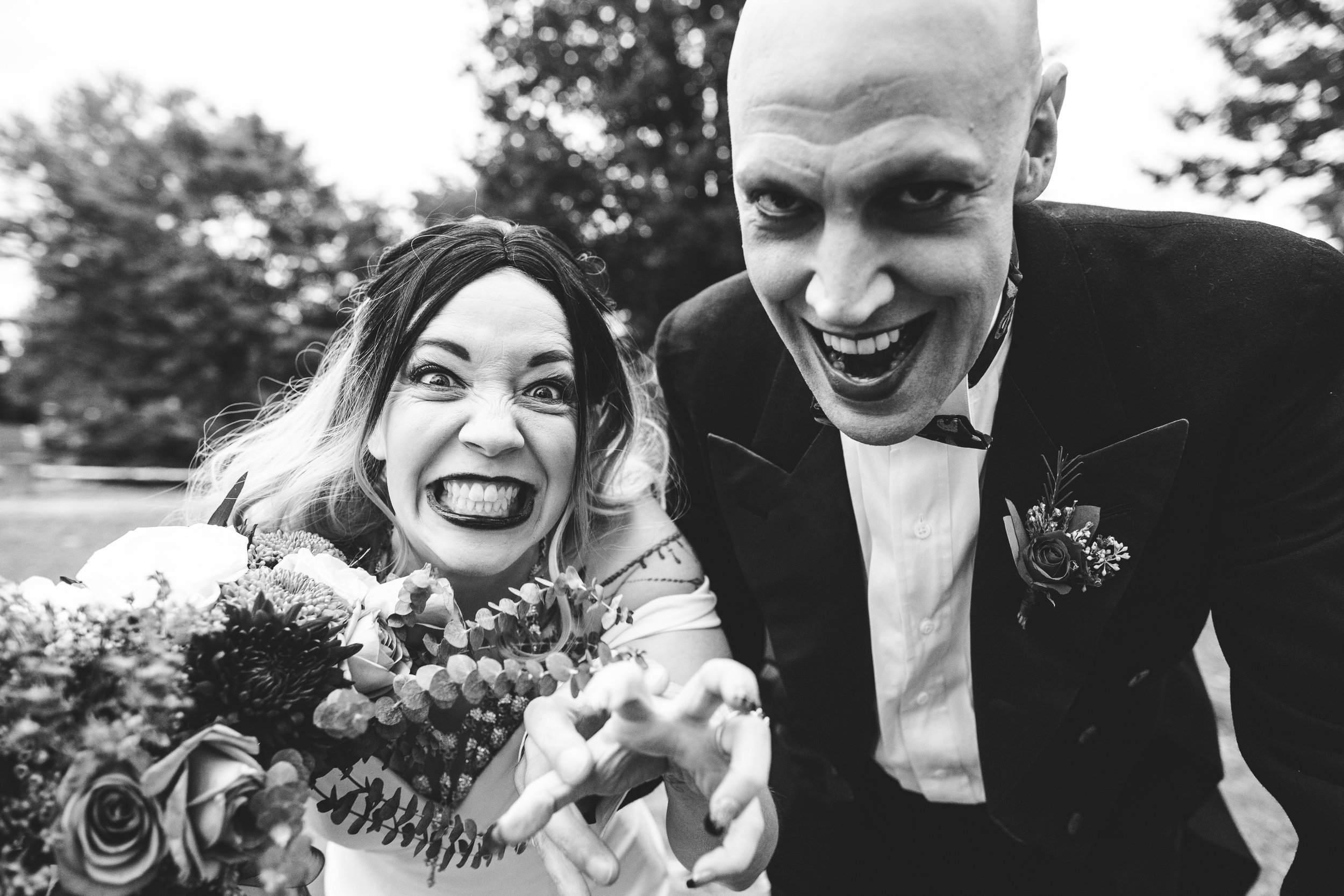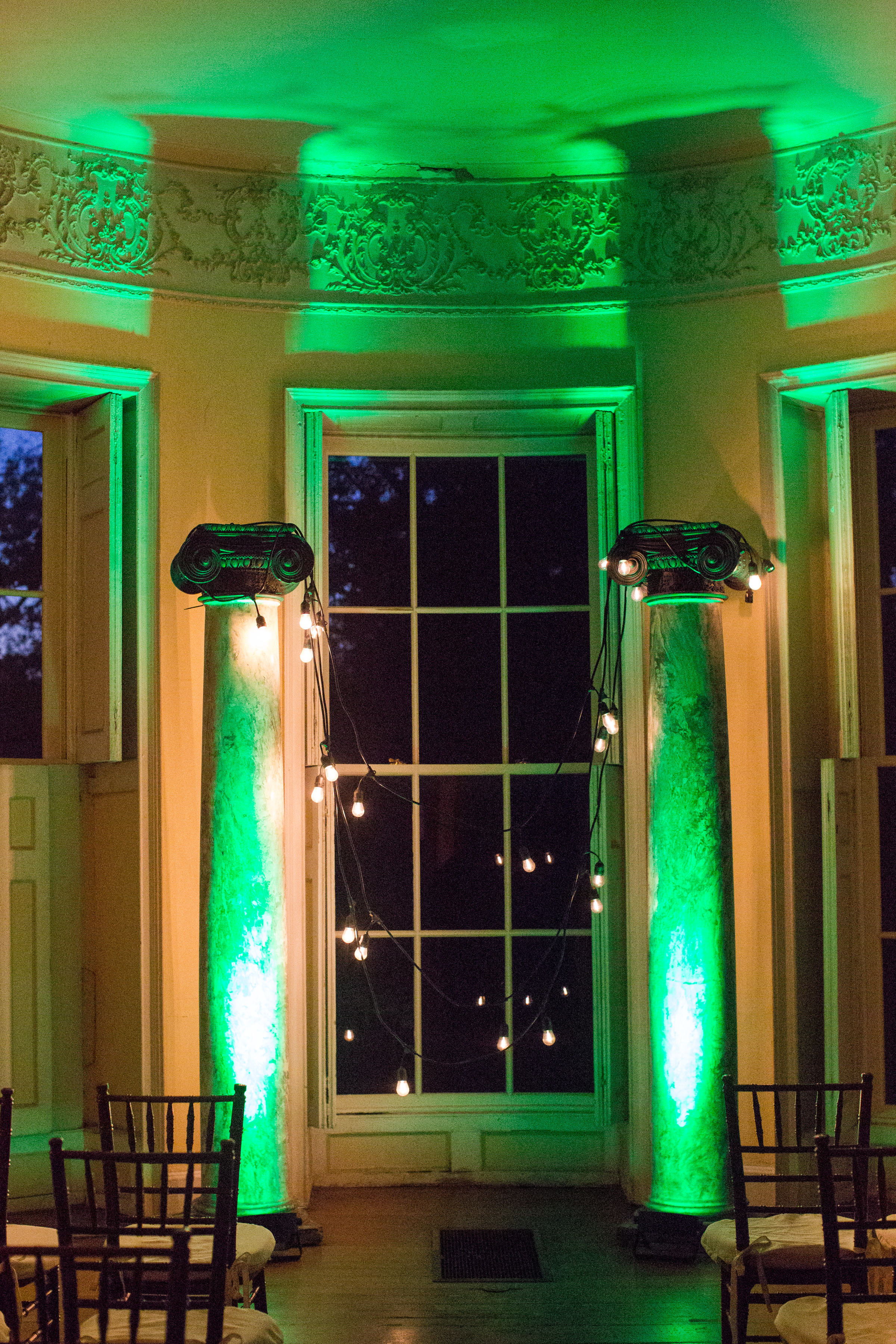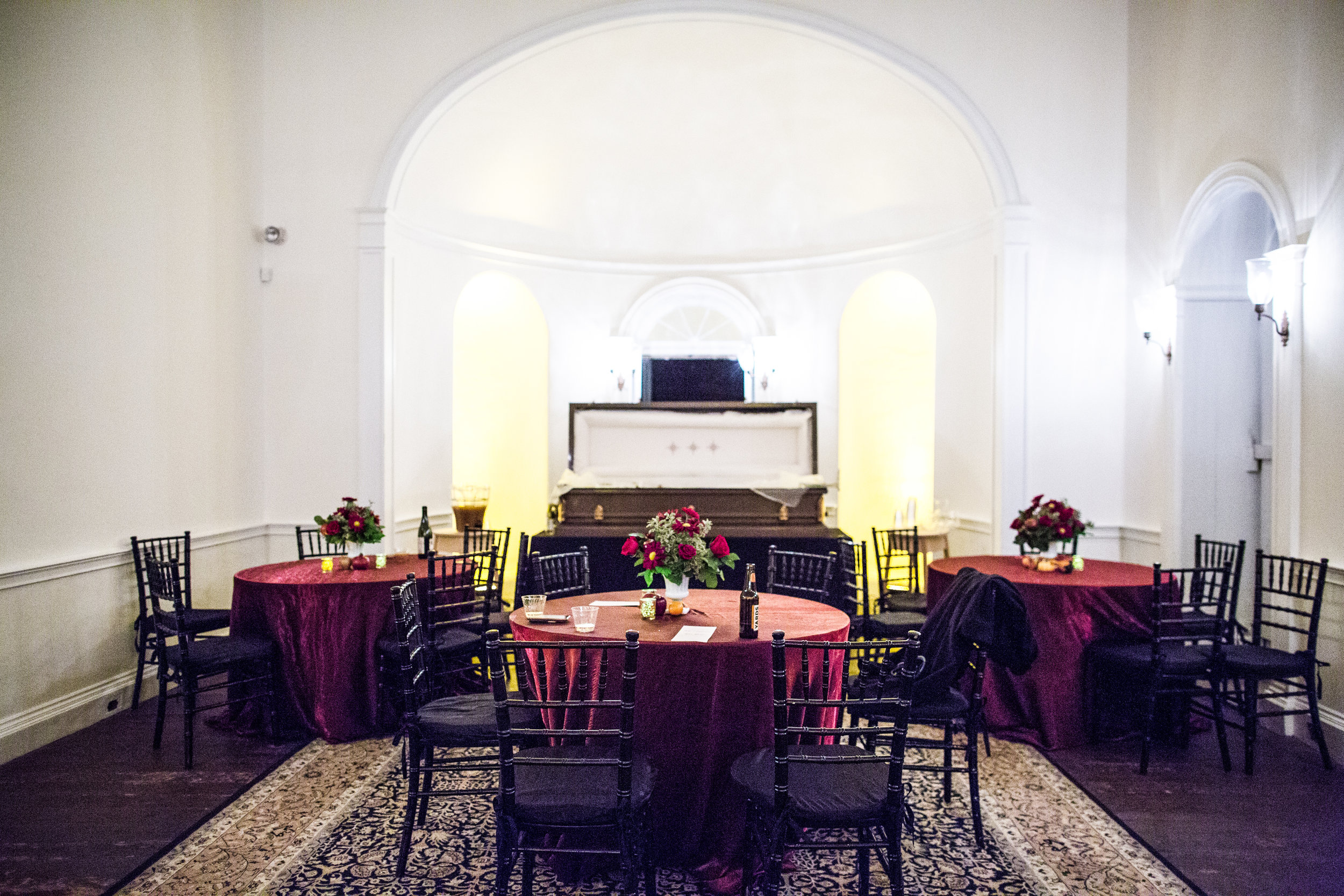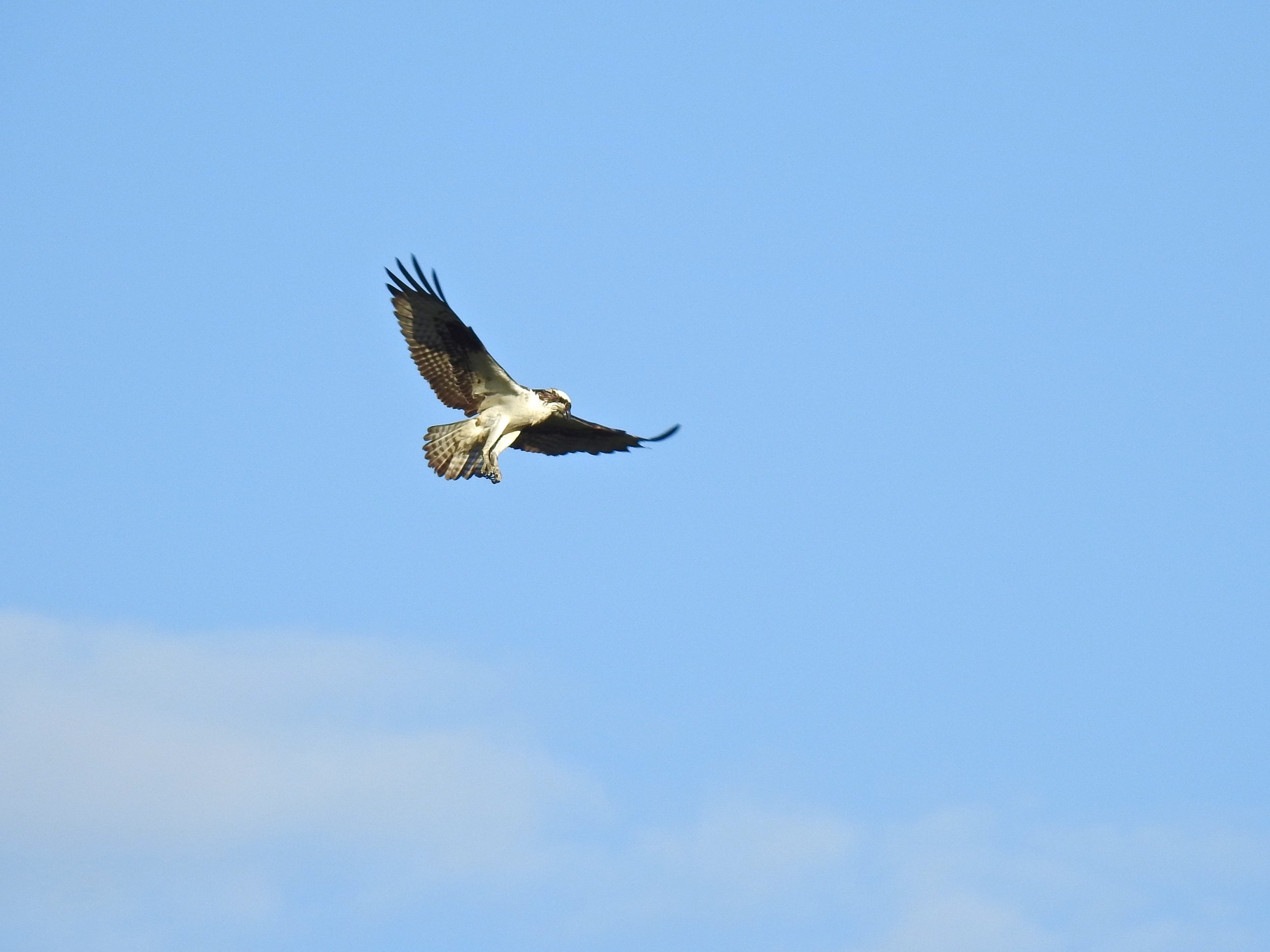A male Purple Finch is about to be released unharmed after being marked with a serially numbered aluminum band, aged, and measured. Photo by Toribird
Toribird here, bringing you some breaking birding news that I find very exiting! Quite a few birders, myself included, have noticed a remarkably large number of Purple Finches this fall. It seems like this will be a good irruption year for them - a year when birds move in substantial numbers outside their typical range. A few Purple Finches come down from the northern U.S. and Canada every year to spend the winter, but typically fewer than this year. This is a natural movement, likely caused by a good seed year, allowing the finches - seed eaters- to raise many chicks, causing a population bulge. The Woodlands is an excellent spot for House Finches, so I bet Purple Finches will hang out here as well!
Now, if you've been a birder for a little while already, the back of your brain may be going "Oh no, aren't Purple Finches very similar to House Finches!? How will I be able to identify anything?" Have no fear, Toribird is here!! (I had to. Sorry.) Yes, House and Purple finches look alike, but the males in particular can be told apart with a few tricks.
Purple Finch Male:
Here in the colder months of the year (~October - April)
Not really purple, but a magenta or raspberry red.
Raspberry color extends from the face to the tail, fading near the tail
House Finch Male:
Here year-round
Brick red with brown and white stripes
Red color on the face and breast, and again at the base of tail
Also, Purple Finches are the 'pretty' finch. Think P for purple and pretty. The males have more color than House Finches, and the females have a much clearer face pattern and more defined stripes than the houses.
Purple Finches aren't the only bird coming down in larger-than-usual numbers this year. Several winter sparrows like the Lincoln's Sparrow and the beautiful White-crowned Sparrow are in the area. They like grassy areas, so maybe check out the small meadow near the mansion at The Woodlands or the field at Bartram's Garden, as well as any other area like this you may know of to spot this year's special treats.
A Pine Siskin shows off the yellow in its wings and tail. Photo from Wikimedia Commons.
Finally, the Pine Siskin has been seen in the area, though they are a fair bit rarer than the other birds mentioned on the blog. They are finches, striped brown and white not unlike the female House and Purple Finches. However, they have thinner bills than similar species, and distinctive if subtle yellow in their wings and tail, bolder in the male but present in both sexes. Get out birding and keep your eyes peeled for this rarity as well as all the other birds that have come down to visit this year!
Written by Toribird.






